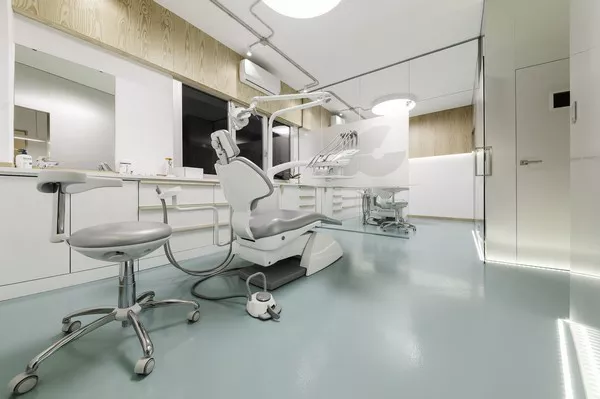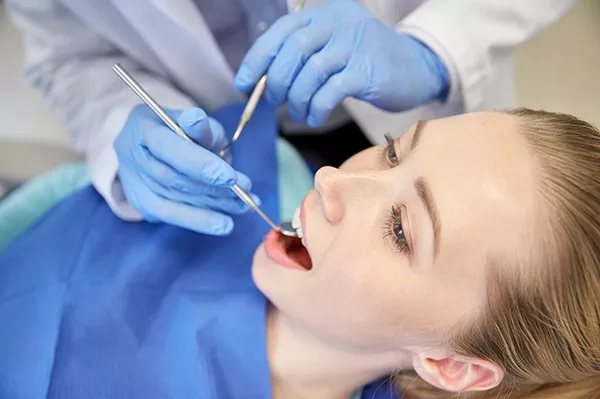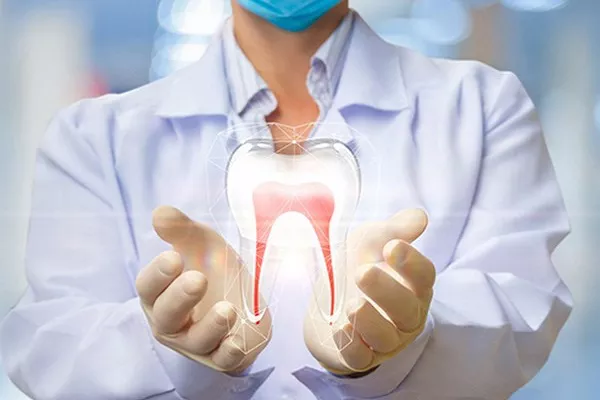Maintaining proper oral hygiene is essential for overall dental health. In some cases, individuals may require a deep cleaning, also known as scaling and root planing, to address gum disease and remove plaque and tartar buildup. While the idea of a deep cleaning may evoke concerns about pain and discomfort, it is important to understand the process and manage expectations. In this article, we will delve into the topic of deep cleaning at the dentist and explore the pain levels associated with the procedure. By dispelling myths and providing insights, we aim to provide a clearer understanding of what to expect during a deep cleaning appointment.
I. Understanding Deep Cleaning and its Purpose
A. What is Deep Cleaning?
- Deep cleaning, or scaling and root planing, is a non-surgical procedure performed to treat gum disease.
- It involves the removal of plaque, tartar, and bacteria from below the gumline and smoothing of the tooth roots.
B. Purpose of Deep Cleaning
- To Address Gum Disease: Deep cleaning helps manage and treat gum disease, preventing its progression.
- To Restore Oral Health: Removing plaque and tartar buildup promotes gum tissue healing and reduces inflammation.
C. Importance of Deep Cleaning
- Preserving Teeth and Bone: Deep cleaning prevents tooth loss by preserving the supporting structures.
- Enhancing Overall Health: Gum disease has been linked to various systemic health conditions, highlighting the importance of its treatment.
II. Pain Levels During a Deep Cleaning
A. Numbing Techniques
- Local Anesthesia: Dentists often use local anesthesia to numb the area, minimizing discomfort during the procedure.
- Topical Anesthetic Gel: A gel or spray may be applied to the gums beforehand to numb the surface.
B. Discomfort versus Pain
- Sensations of Pressure: Patients may feel pressure and vibrations during the deep cleaning process, but it should not be painful.
- Sensitivity and Mild Discomfort: Some individuals may experience temporary sensitivity or mild discomfort during the procedure.
C. Personal Pain Threshold
- Individual Variations: Pain tolerance varies among individuals, and some may have a higher pain threshold.
- Open Communication: It is important to communicate any discomfort or pain to the dentist during the procedure for adjustments or additional anesthesia.
III. Managing Discomfort During and After the Procedure
A. Effective Communication
- Informing the Dentist: If you experience discomfort during the deep cleaning, inform your dentist immediately so that adjustments can be made.
B. Numbing Techniques
- Local Anesthesia: Dentists can administer additional anesthesia if necessary during the procedure.
- Sedation Options: In cases of severe dental anxiety, dentists may offer sedation techniques to help patients relax and minimize discomfort.
C. Post-Treatment Care
- Over-the-Counter Pain Relievers: Taking over-the-counter pain relievers as recommended can help manage any post-treatment discomfort.
- Follow Post-Care Instructions: Following the dentist’s instructions for post-treatment care, including oral hygiene practices and dietary restrictions, promotes healing and minimizes discomfort.
IV. Factors Affecting Pain Perception
A. Severity of Gum Disease: The extent of gum disease can influence the level of discomfort experienced during the procedure.
B. Dental Anxiety: Individuals with dental anxiety may perceive the procedure as more painful due to heightened sensitivity.
C. Individual Pain Threshold: Each person has a unique pain threshold, and pain perception can vary significantly.
V. Benefits and Long-Term Results of Deep Cleaning
A. Improved Oral Health: Deep cleaning helps prevent gum disease progression, promoting overall oral health.
B. Reduced Risk of Tooth Loss: By addressing gum disease, deep cleaning helps preserve teeth and the supporting bone structure.
C. Enhanced Overall Well-Being: Treating gum disease contributes to better systemic health, reducing the risk of related health conditions.
Conclusion
While deep cleaning may cause some discomfort, it is generally not considered a painful procedure. With the use of local anesthesia and effective communication with your dentist, any discomfort can be managed. It is important to understand the purpose and benefits of deep cleaning to appreciate its role in maintaining oral health. Remember to discuss any concerns with your dentist and follow post-treatment care instructions for optimal healing. By prioritizing regular dental cleanings and practicing good oral hygiene, you can prevent the progression of gum disease and maintain a healthy smile for years to come.
Related Topics:




























